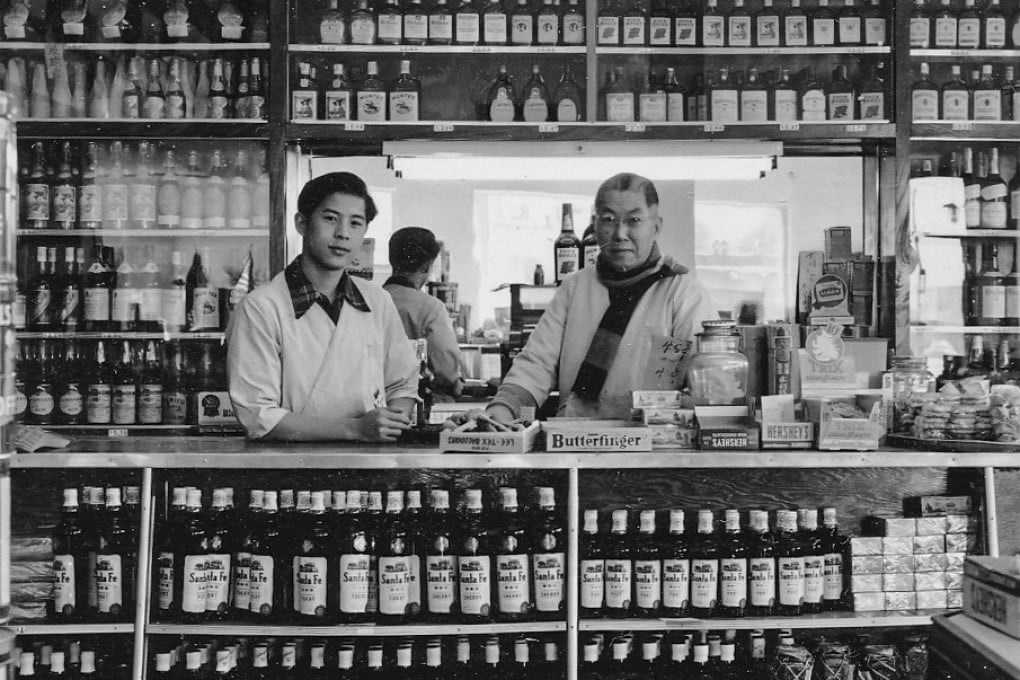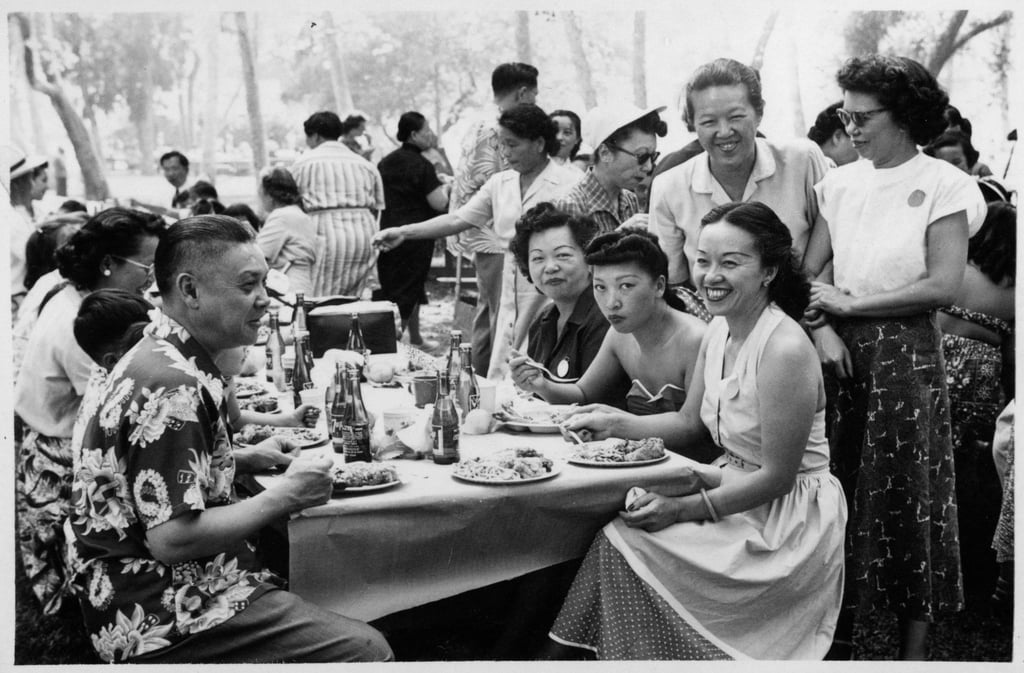Chinatown Los Angeles memories: my father loved the place once, and now I remember why as an exhibition brings its history to life
- An exhibition celebrating LA Chinatown’s legacy as the first community in America planned and owned by Chinese people brings back memories for Alison Singh Gee

My father grew up just a few steps from where I am now on this shop-lined section of Chung King Road in Los Angeles, two flights of worn wooden stairs above his father’s general store.
The flat had a bank of tall windows that overlooked all of Chinatown, with LA’s art deco City Hall looming in the middle distance. Throughout his childhood, my father gazed out onto this dreamy mid-20th century tableau, a sparkling panorama of newly built pagodas and temples with tiled roofs curled up at the eaves, some lined in neon.

Standing here again, after so many years since my last visit, I can understand why my father loved Chinatown and felt so deeply connected to its courtyards, banquet halls and backstreets. And yet, even though Chinatown seemed like a fantasy come alive for my grandparents’ generation, at some point in his time, the shine came off and my father wanted out. He was not the only one.